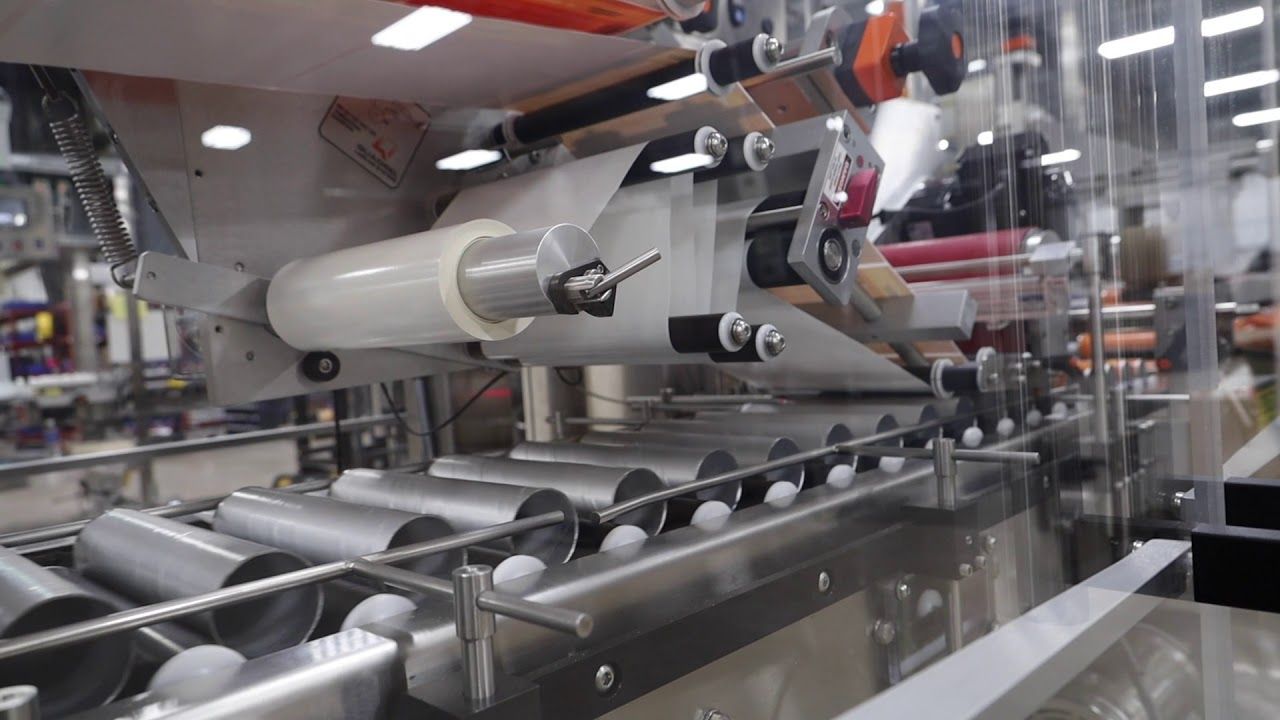Product labeling systems, such as sticker labeling machine, are critical in packaging since they are responsible for the product’s functionality and appearance. The two most common types of category systems are the flat labeling system and the wrap-around labeling system both of which have special features and welfare.
Horizontal Labeling Systems
Horizontal labeling systems are intended for flat or slightly curved surfaces. They can also be used with a lot of success in a number of product categories such as boxes, flat bottles, and jars. Labeling takes place when the product is horizontally driven through the machine with the label being placed on the product. It is accurate and uniform in its application, which makes it perfect for use in firms that need to apply labels on products with very delicate areas such as the neck of bottled products like medicines and creams. Another advantage of horizontal systems is that they can be used with different sizes and shapes of labels. However, these systems may not be ideal for round or cylindrical products because of alignment problems.
Examining the Wrap-Around Labeling Systems
The wrap-around category systems are intended for tubular goods such as bottles, cans, and tubes. The label is located by casing the whole product with it so that there are no gaps in between. This system is common in the beverage, food, and personal care industries where the appearance of the product and the company’s logo are important. Yet another advantage of wrap-around systems is their capability to operate with industry-leading line speeds while maintaining pinpoint accuracy. However, they are restricted to cylindrical or near-cylinder products, which makes them less flexible than horizontal systems.
Main Benefits and Flaws
Horizontal labeling systems are accurate in labeling positions and flexible in dealing with different shapes of products but they are slow and not suitable for round products. On the other hand, wrap-around systems are fast and suitable for full-surface labeling of cylindrical products but not very versatile for non-cylindrical products. These are factors that businesses need to consider against their production needs in order to choose the right system.
Used in Various Sectors
The decision of which labeling system to use, the horizontal or the wrap-around, is mainly influenced by the industry and the type of product. For example, while deciding about the kind of system that should be implemented, a pharmaceutical firm selects horizontal systems because they produce accurate results and are useful for small containers that are generally used in such organizations. On the other hand, beverage manufacturers prefer wrap-around systems because of their effectiveness in handling round bottles at high speeds. Knowledge of these applications in the industries can assist companies to improve on their labeling and manufacturing procedures.
Making the Right Choice
When comparing the two systems, one has to consider the labels and shape of the product, the speed at which the labeling is set to take place, and the exact positioning of the labels on the products. These factors and an appreciation of the advantages and drawbacks relating to each system help businesses settle on an optimal labeling strategy. Finally, the right system improves productivity, guarantees conformity to product standards, and improves brand image in a competitive environment.
Conclusion
Thus, horizontal and wrap-around labeling systems both have their own profitable characteristics for corresponding industries. The evaluation of the product specifications and production objectives will help the businesses make the right decision.

